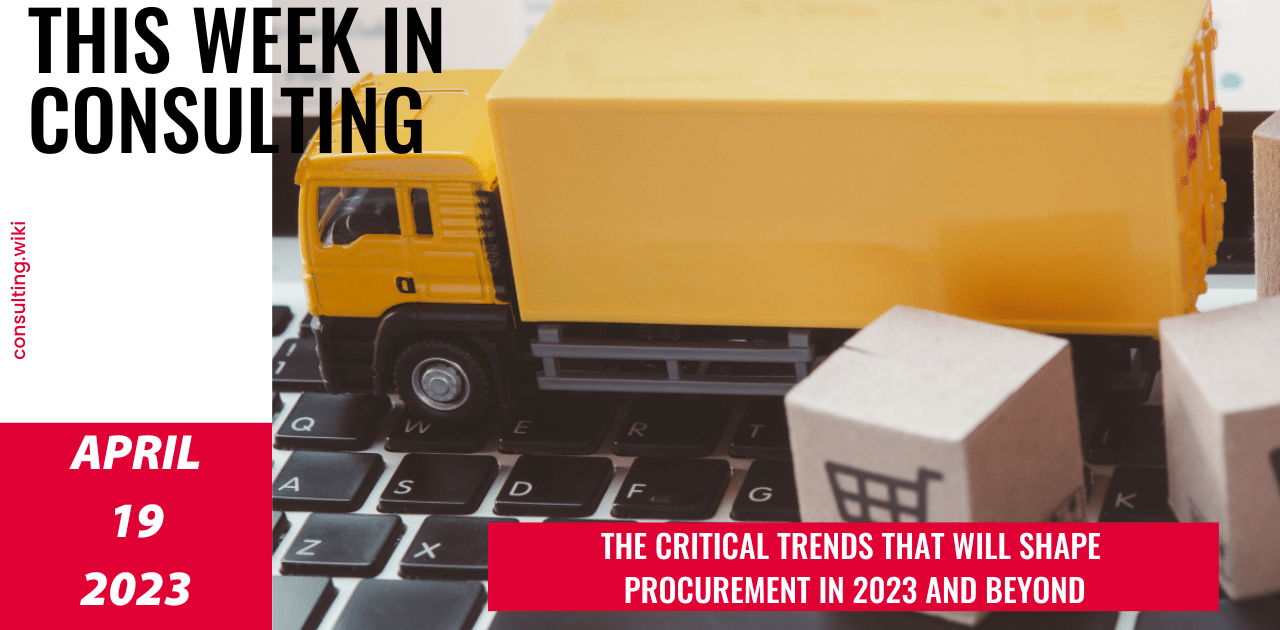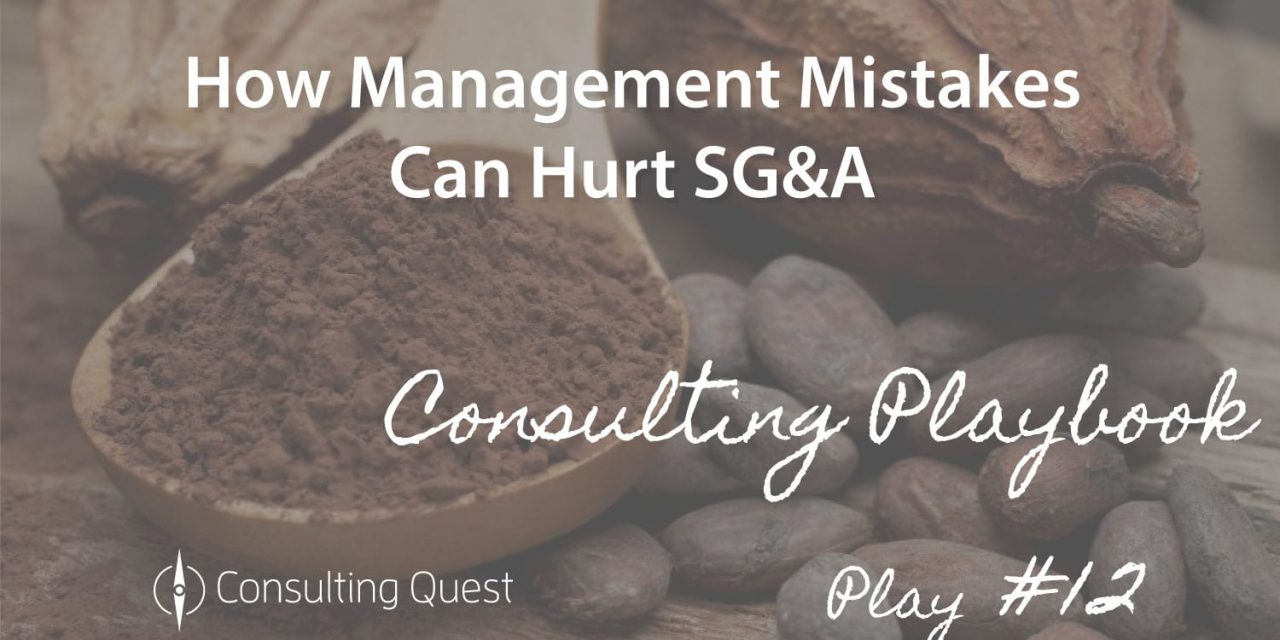
Activate the right levers to meet your financial targets
You made your resolutions for 2018 on REBITDA and Cash, but here’s Q2 and your leadership team is starting to look at their mid-year commitments with furrowed brow. It might feel like déjà vu but the fact is they’re approaching the task with a limited set of tools. Sure, focus on innovation and increasing your customer base, and address short-term targets with new value sources that won’t compromise on the future. At the same time, you can use a few more levers in your tool belt, such as these ideas to get back on track to meet target:
Manage your Consulting Spend

Procuring consulting services is quite different from procuring goods. Consulting is a complex industry often described as a matrix of capabilities and industries.
Read More
Buy Better on Direct Costs
When you optimize procurement costs, you have a fast lever to impact your PNL and Cash lines. Evaluate supply and demand on each category and break down the spend by SKUs. Identify some quick wins and assess your bargaining power. Choose the negotiations you’re confident in winning. There must be a few that were not on your plate already
- Renegotiate contracts based on the supply and demand balance and market volatility (when your supply is greater than the demand, you don’t necessarily want to lock yourself in with a long-term contract unless you get extremely competitive conditions).
- Renegotiate the tail spend – those contracts you almost never renegotiate.
- Bring in second-source suppliers to reduce your risk, increase your bargaining power, and keep your incumbent reasonable.
Example: In the chemical industry, even long-term contracts often include a “meet or release” clause that allows a company to use different suppliers if the offer isn’t competitive. Time to check and see how competitive that old contract is today.
Leverage Pricing
Pricing is usually your second-fastest lever. Simple math shows pricing is often the biggest profit driver in the Price-Cost-Volume equation. If you have to choose one of these three, go for pricing whenever you can as long as you’ve got low margins. With high margins, go for volume.
- Differentiated Products: You’ve got the bargaining power – assess the willingness to pay to capture the value you bring to your customers without pushing them to find alternatives or alienating them.
- Commodities: Depending on supply and demand, your bargaining power can evolve considerably – and pricing must follow. Devise a smart price-volume pricing strategy and you can maximize your profits while optimizing your assets at the same time.
- Services: Are you pricing for the level of service you provide? Do you have advanced inventory? 24/7 reactivity and customer support? Auto-refill leveraging the internet of things? Teams on site supporting the operations? …. maybe there are services you could monetize by implementing a differentiated service offering.
For example, you can create a simple chart to analyze the level of unit margin and yearly volumes of each product-customer couple. This will help you identify outliers benefiting from much better conditions than other customers for historical reasons. Those customers are good candidates for a price or volume adjustment.
Buy Better on Indirect Costs
Optimizing indirect costs is an evergreen topic. Many companies have already regrouped their indirect procurement to better manage expenses. Typical levers are:
- Regroup and manage decentralized expenses such as insurance, travel, consulting as a category
- Freeze external expenses for items that can be delayed or produced in-house.
- Implement more stringent validation rules for travel to ensure you leverage all of those conferencing and video conferencing tools you already own.
- Bring in niche experts to optimize overlooked categories like office supplies, printer leases, car rentals, etc.
Here’s a great example: Recently while meeting with a large bank with almost $200M in consulting expenses per year, we learned that Procurement wasn’t involved in their purchasing process. Imagine for a moment what that would mean. How much difference would it make in terms of regrouping expenses, strategizing the procurement, and negotiating with the different providers in competition for key projects? Just a 20% savings could represent 0.2% directly on gross margin. That’s $40M to this company. Are you interested in saving $40M? Most companies would say yes.
Play on Cash
Is cash king? Of course it is. Cash is also fuel – without it your company can only go so far. Here are tips for handling your cash better:
- Delay payments for big investments – CAPEX first.
- Delay hiring for a few months. This can make a big difference in your year.
- Play on payment terms with your supplies. This means renegotiating longer payment terms or supplier financing programs with banks.
- Chase down customer payments. You might even pull in a company that specializes in recovering aged receivables.
A perfect example: Following the pressure from retailers, CPG Companies negotiate longer payment terms with their suppliers every year. One fragrance company saw its working capital shoot through the roof, increasing by more than 30% by doing this. The next logical step was to negotiate the same conditions with their own suppliers but it took them two years to react.
Optimize Assets
Traditionally, companies apply the principle of Economics of Scale (produce more for new markets and give discounts for additional marginal volumes), and Scope (diversify your assets’ production and markets) to optimize their assets and generate efficiencies. Take moment to look outside the box and beyond your own back door. Some strategic partnerships can prove to be extremely interesting:
- Optimize your asset utilization by partnering with companies that are evolving in the same market. Propose more competitive costs than their own (economies of scale with a competitor).
- Develop common platforms on non-strategic parts to reduce your engineering costs and those of your suppliers.
- Optimize your asset utilization by partnering with companies that are evolving into different markets (economies of scope with another company)
For example, a defense company partnered with an automotive company to fill up their production pipeline during low-activity periods. By producing parts for the automotive company, the defense company covered their fixed costs. This helped the automotive company increase production without investing in new assets. They also benefited from higher-quality work since defense quality management is extremely rigorous. Nor did they have to share their opportunities and knowledge with potential competitors.
Get Back on Track
Whether you want to recover from a low first quarter or create a buffer for future headwinds, there are some excellent levers here for you to activate. Remember that time is of the essence – don’t hold off on action until Q3 rolls around. To maximize the impact on the current year, dedicate internal resources now and considering bringing in external resources or consultants.
Hélène Laffitte is the CEO of Consulting Quest, a Global Performance-Driven Consulting Platform and author of “Smart Consulting Sourcing”, a step by step guide to getting the best ROI from your consulting. With a blend of experience in Procurement and Consulting, Hélène is passionate about helping Companies create more value through Consulting.




